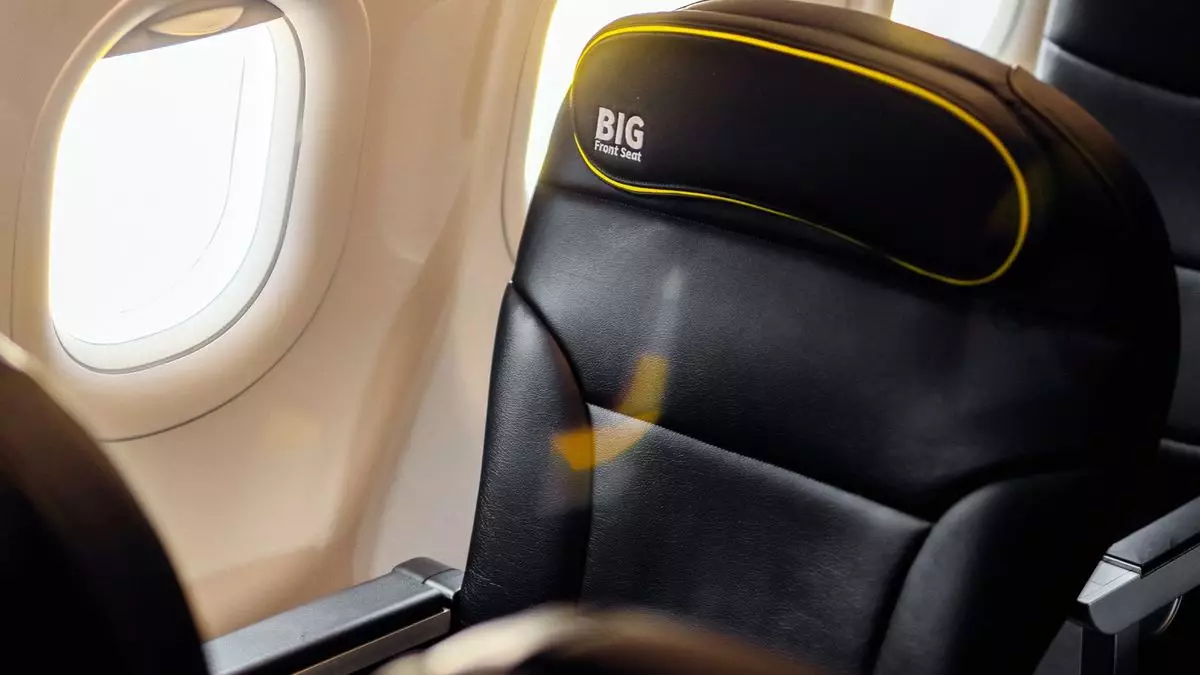Spirit Airlines is undergoing a transformation in its merchandising strategy to cater to a more upscale audience, departing from its traditional discount base. The airline’s CEO, Ted Christie, revealed this shift during the Q1 earnings call, indicating that specific details will be disclosed in August. This change is essential for Spirit to meet the changing preferences of consumers and to reverse the financial losses the airline has been experiencing.
The cancellation of the $3.8 billion JetBlue-Spirit merger earlier this year and the significant operational losses reported by Spirit in recent years have created a sense of urgency for the airline to revamp its business model. With an operating loss of $207 million in the first quarter of 2024 and a bleak operating margin of minus-16.4%, Spirit is facing mounting pressure to improve its financial performance and enhance its competitiveness in the market.
In response to these challenges, Spirit Airlines is implementing various cost-saving measures and revenue-boosting initiatives to strengthen its financial position. The airline plans to achieve cost savings through staffing cuts, which are projected to save $75 million this year and $100 million annually. Additionally, Spirit has secured an aircraft deferral agreement with Airbus to increase liquidity by $340 million over the next two years.
To further mitigate losses, Spirit is negotiating the refinancing of $1.1 billion in loyalty program-backed debt due in September 2025 and $500 million in convertible bonds maturing next May. The airline is also expecting compensation from engine manufacturer Pratt & Whitney for grounding Airbus A320neo planes for inspection, which could amount to $150 million to $200 million.
The core of Spirit’s strategy shift lies in introducing new merchandising options that will resonate with a more premium-focused consumer base. These initiatives will offer passengers the opportunity to purchase products and services not currently available on Spirit flights, aligning with the evolving preferences of post-pandemic travelers. By tapping into this market segment, Spirit aims to provide affordable premium products and position itself as a competitive alternative to other airlines.
As Spirit Airlines embarks on this journey to redefine its merchandising strategy and elevate its brand, the airline faces a critical inflection point in its trajectory. By adapting to changing consumer preferences, implementing financial restructuring measures, and focusing on operational efficiencies, Spirit is positioning itself for long-term success in a highly competitive industry. The success of these initiatives will determine Spirit’s ability to regain profitability, enhance customer satisfaction, and establish a strong foothold in the aviation market.

